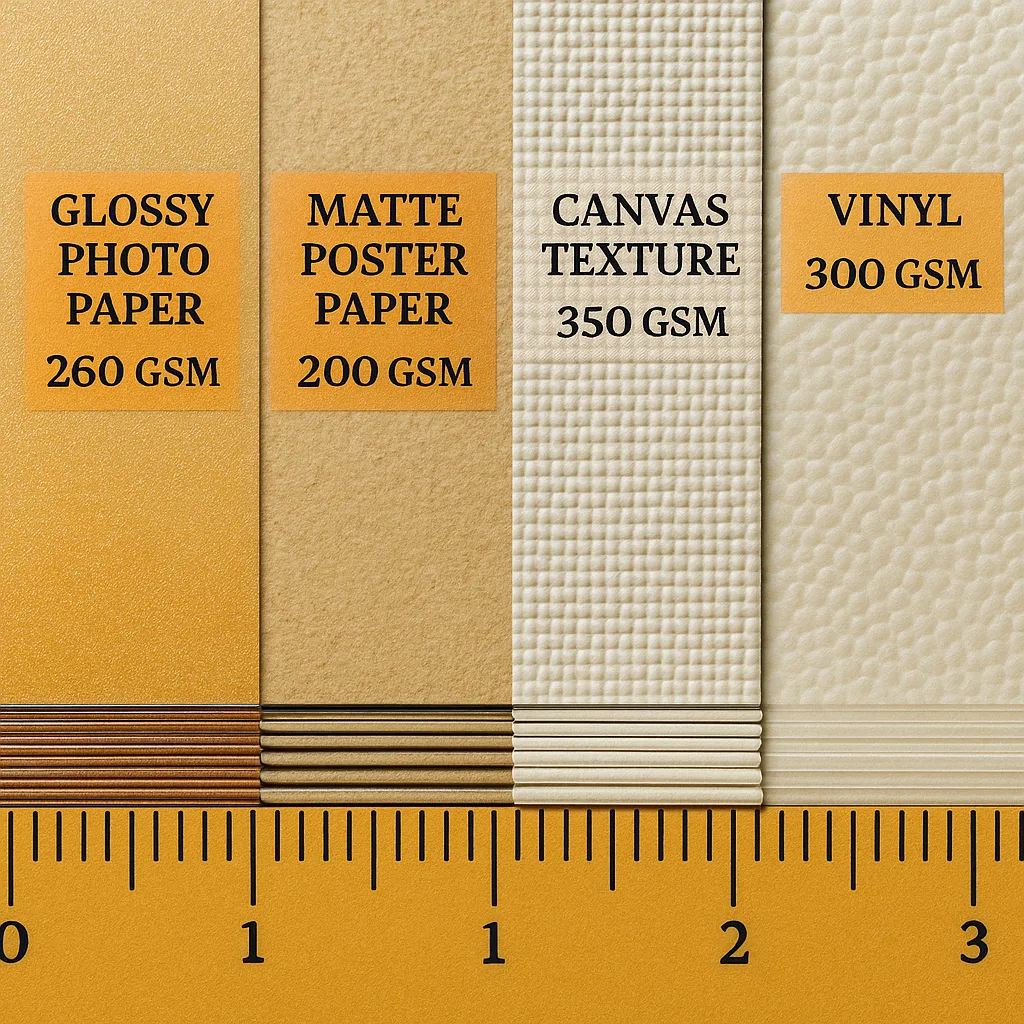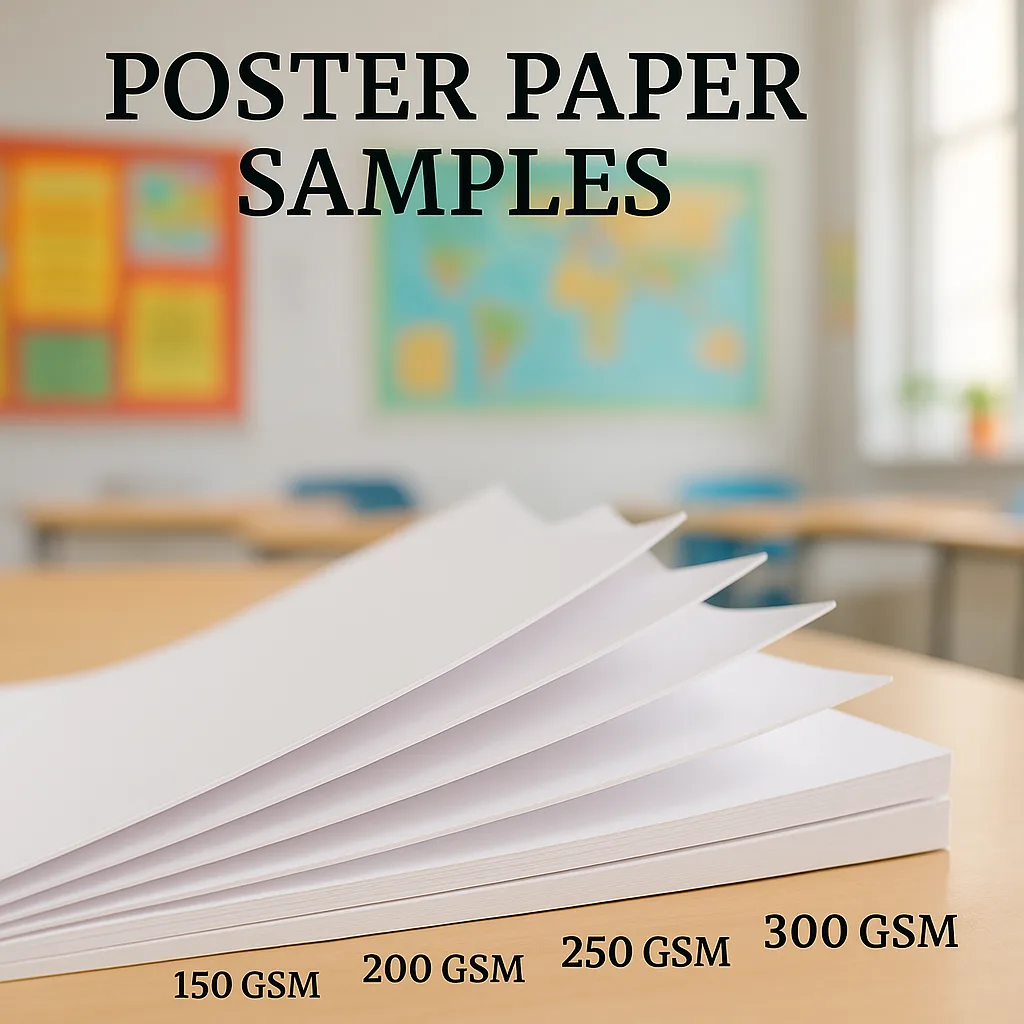Best Printer for Posters Paper Guide
As an educational leader, I’ve seen countless poster projects succeed or fail based on one critical factor: paper selection. Whether you’re investing in the best printer for posters paper grades or managing existing equipment, understanding paper specifications can transform your school’s visual communications. After years of guiding teachers through media choices, I’m excited to share this comprehensive guide that demystifies GSM, thickness, and durability for educational settings.

Paper Thickness and Durability Explained
Light Grade (150 GSM)
Perfect for temporary displays and frequently updated content
Standard Grade (200 GSM)
Ideal balance for most classroom applications
Heavy Grade (300+ GSM)
Essential for high-traffic areas and outdoor use
Comprehensive Paper Grade Comparison Chart
Location-Based Paper Selection Guide
Environmental factors significantly impact paper performance. Based on extensive field observations across diverse school settings, I’ve mapped optimal paper grades to specific locations. This targeted approach maximizes both visual impact and resource efficiency.
Ready to Optimize Your Paper Selection?
Understanding paper grades empowers you to make informed decisions that benefit both your budget and educational goals. Whether you’re establishing a new printing program or optimizing an existing one, selecting the right paper grades ensures professional results every time.
Final Thoughts on Paper Selection
After years of helping schools maximize their printing investments, I’ve learned that paper selection significantly impacts both immediate results and long-term satisfaction. The best printer for posters paper grades varies by application, but understanding these fundamentals ensures success across all scenarios.
Remember, your paper choice affects not just appearance but also message retention, student engagement, and budget efficiency. Take time to experiment with different grades, maintain samples for reference, and track performance over time. Most importantly, match your paper selection to your specific poster printers for schools capabilities and your unique educational environment.
Quality visual communications strengthen school culture, enhance learning outcomes, and create lasting impressions. By mastering paper selection, you’re investing in your school’s visual voice—make it count!
Need personalized recommendations for your school’s paper needs? Our team stands ready to help you select the perfect media for your educational goals and budget. Together, we can create visual communications that inspire and endure.

